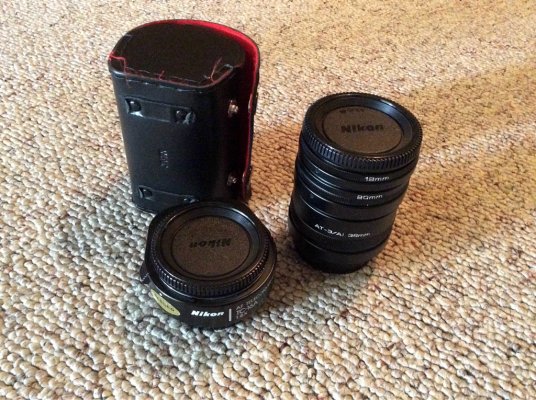My external drive has the following directories (both computers are Windows v8.1):
1. The Images
2. Extracted Previews (currently empty)
3. Lightroom Publish (imagine my surprise to find all the JPGs created by the Publish module.)
4. New Catalog (all of the Lightroom files created by the program. This includes the LR Backup files created after EVERY session -- see below)
The Images directory is synced (with "Compare Advance") after every session of Lightroom use. This depending on which machine I am using gives me up to four identical copies (in separate locations) of all image files and their subordinate files (XMP, etc.).
This week I ran out of room on one of the remote drives and had to move the image files to another drive -- it took about ten hours (while I slept). Syncing, however, takes only a couple minutes depending, of course, on how much processing was done. Therefore, once you have the back upped files in place, maintenance takes very little time.
The other directories are backed up nightly with "
True Image." This takes care of the issue of LR Backup files being on the same drive as the original drive -- although these can be recreated easily anyway.
So, yeah, I am a dyed-in-the-wool paranoid pessimist as far as my image files are concerned and go way beyond what is rational.
Add on: When I am "on the road," I use "Compare Advance" to sync to my Image files directory on the Laptop's internal "D:" drive. That gives me two copies (plus the camera cards) of all my images plus all the current ones.



